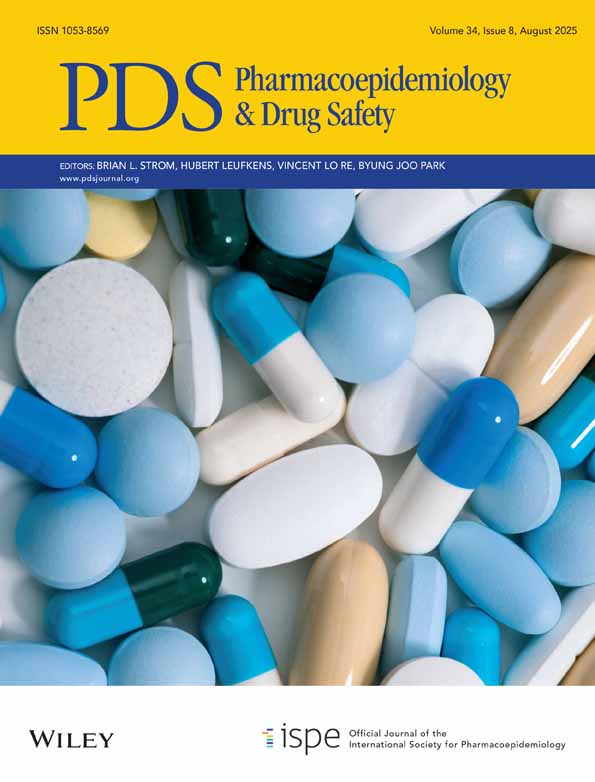The reporting odds ratio and its advantages over the proportional reporting ratio
Abstract
Purpose
The proportional reporting ratio (PRR) is the proportion of spontaneous reports for a given drug that are linked to a specific adverse outcome, divided by the corresponding proportion for all or several other drugs. The PRR is similar to the proportional mortality ratio (PMR), an old epidemiologic measure calculated from death registries and constructed in similar fashion to the PRR. The PMR has important deficiencies, however, which the PRR shares. Miettinen and Wang demonstrated that the PMR could be improved by reformulating it as an odds ratio and applying the principles of a case-control study to the measure. In this paper, we review the problem with the PRR and show how the corresponding odds ratio represents an improvement over the PRR.
Methods
The method used is discussion and illustration by way of a hypothetical example.
Results
The PRR does not estimate relative risk. If, however, a spontaneous report database is viewed as source data for a case-control study, the reporting odds ratio (ROR) can be used to estimate relative risk. Treating the data as source data for a case-control study allows for further reduction of bias by the judicious choice of controls.
Conclusions
Calculating the ROR in spontaneous report databases offers advantages over the PRR. It allows for estimation of the relative risk, and focuses attention on which people or reports should be included or excluded from the control series, permitting more deliberate elimination of biases. It also highlights the inherent weaknesses in spontaneous report data, which become more evident in light of the usual principles of control selection in case-control studies.




